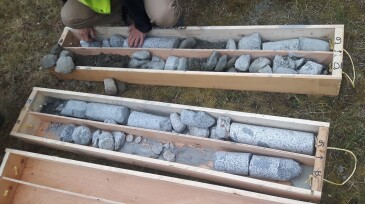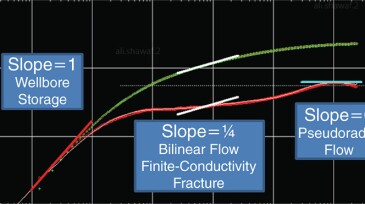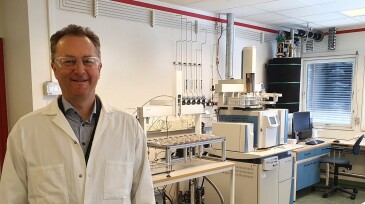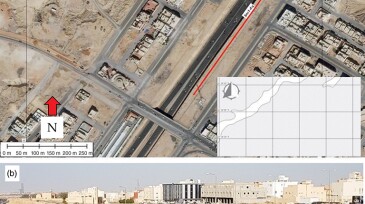Reservoir characterization
Data and impartial viewpoints can help de-risk exploration portfolios and keep resource estimates in check.
Geophysicist Markos Sourial discusses advances in seismic imaging, the challenges of modern data processing, and what they mean for the next wave of subsurface professionals.
This paper presents a novel methodology for assessing the rapid mineral carbonation of carbon dioxide through geochemical interactions with carbon-, magnesium-, and iron-rich minerals abundant in geological formations.
-
As we continue to advance the capability in the laboratory environment to test downhole condition measurements experimentally, the tools we are using appear to be bridging the subsurface characterization with the production results. Continued focus on unconventionals is complemented with a renewed focus on conventional research as well.
-
The paper describes a method to match reaction kinetics from coreflooding experiments.
-
Researchers from Skoltech have trained a neural network to recognize rock samples in core box images efficiently. The process has sped up analysis by up to 20 times and made it possible to automate the description of rock samples.
-
The paper presents key lessons learned in efficiently designing pressure-buildup tests in tight sandstone reservoirs.
-
The two companies have teamed up in an attempt to cut downhole costs with a project that aims to extract more information from reduced data-acquisition programs.
-
This study describes application of the iterative ensemble Kalman smoother application to a low-permeability coalbed methane field in Australia.
-
This work evaluates and compares the performance of rate normalization and pressure deconvolution for both synthetic and tight-oil examples.
-
The authors describe an approach to achieve reliable estimation of field gas initially in place.
-
The COVID-19 pandemic naturally has affected SPE meetings, causing many to be rescheduled or postponed indefinitely, but SPE papers continue to be a crucial source of technical knowledge. The selected papers explore simple and complex innovative approaches toward reservoir characterization to work around the absence of certain data.
-
The authors describe an integrated multiscale data methodology involving machine-leaning tools applied to the Late Jurassic Upper Jubaila formation outcrop data.













